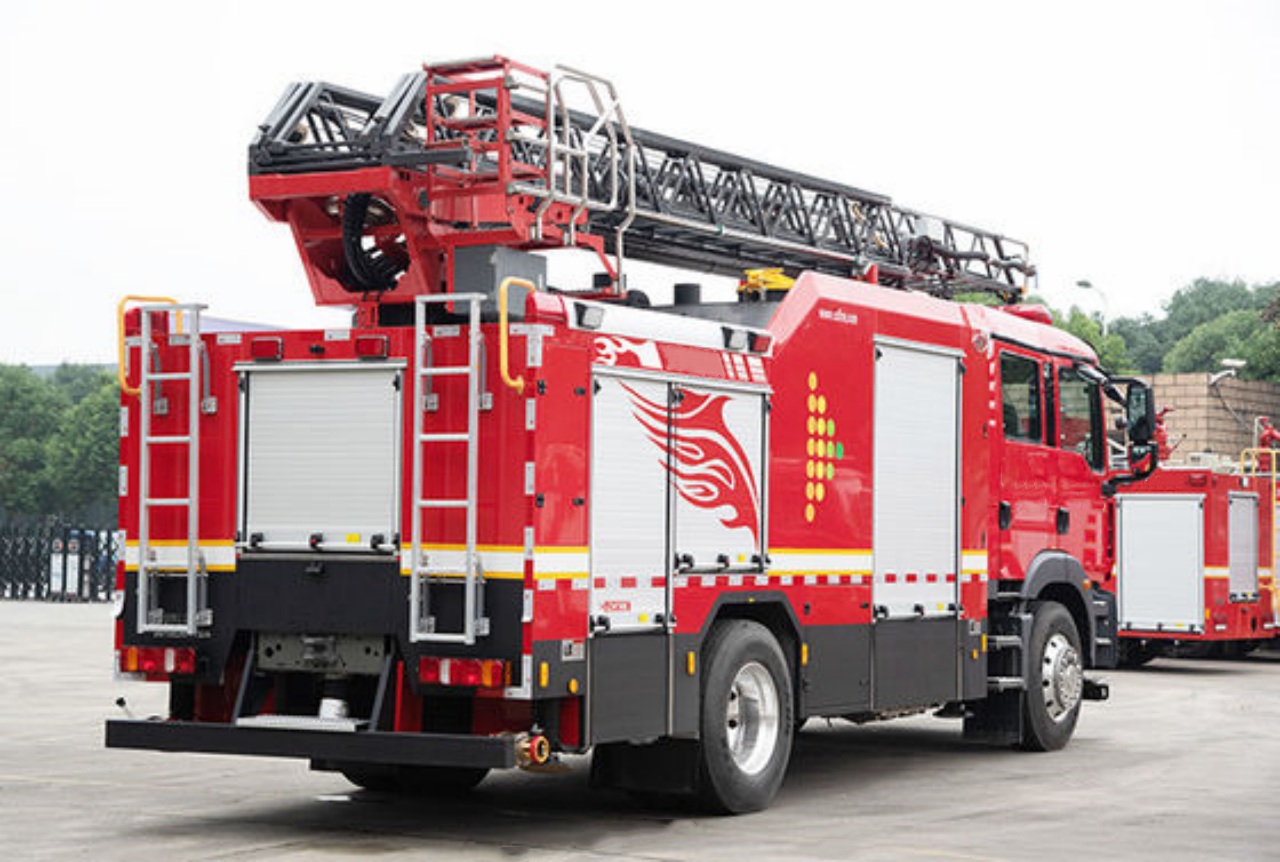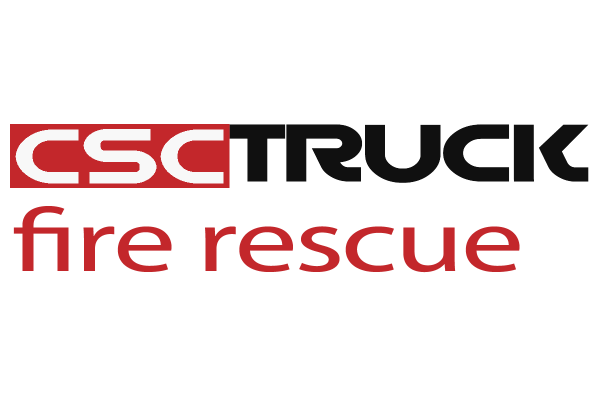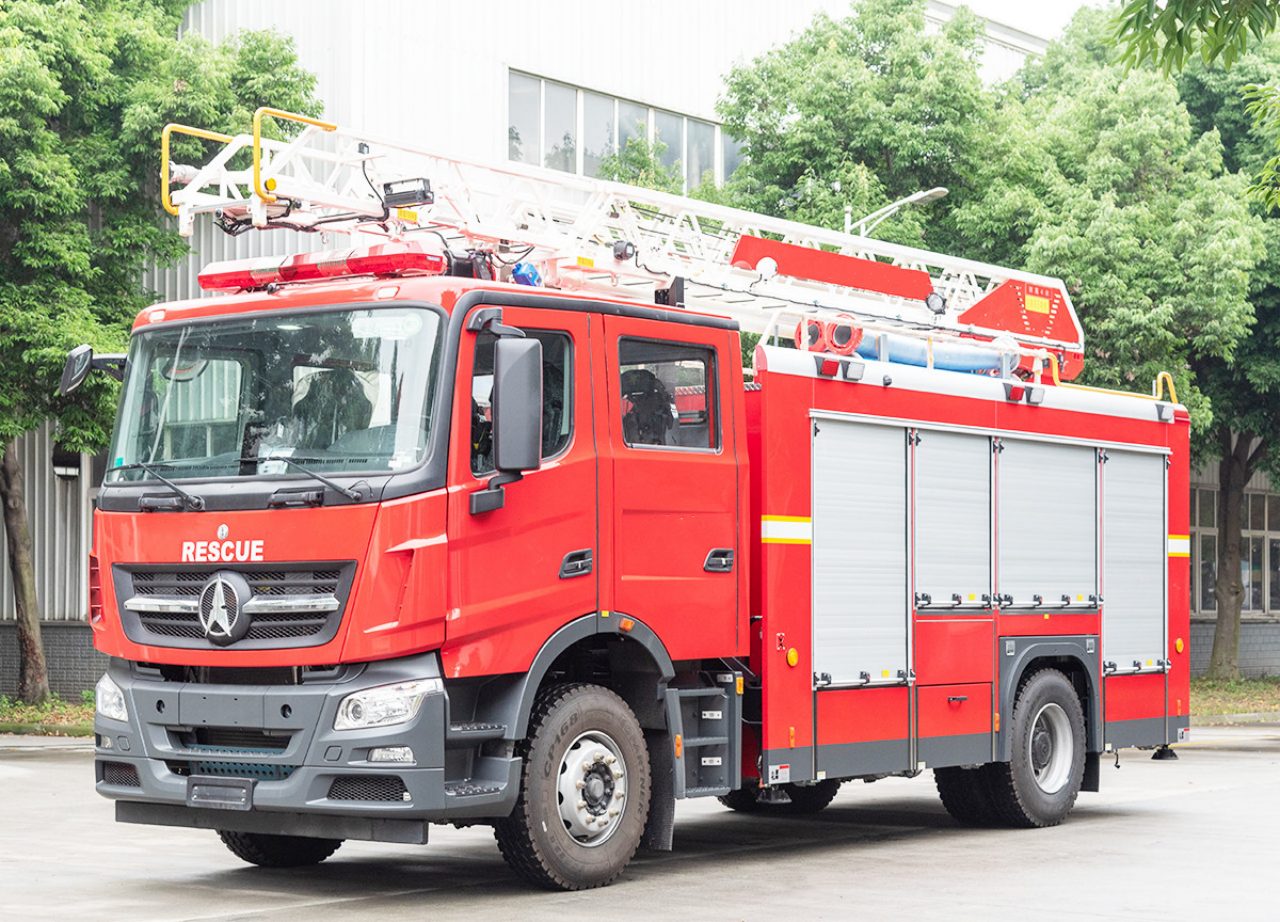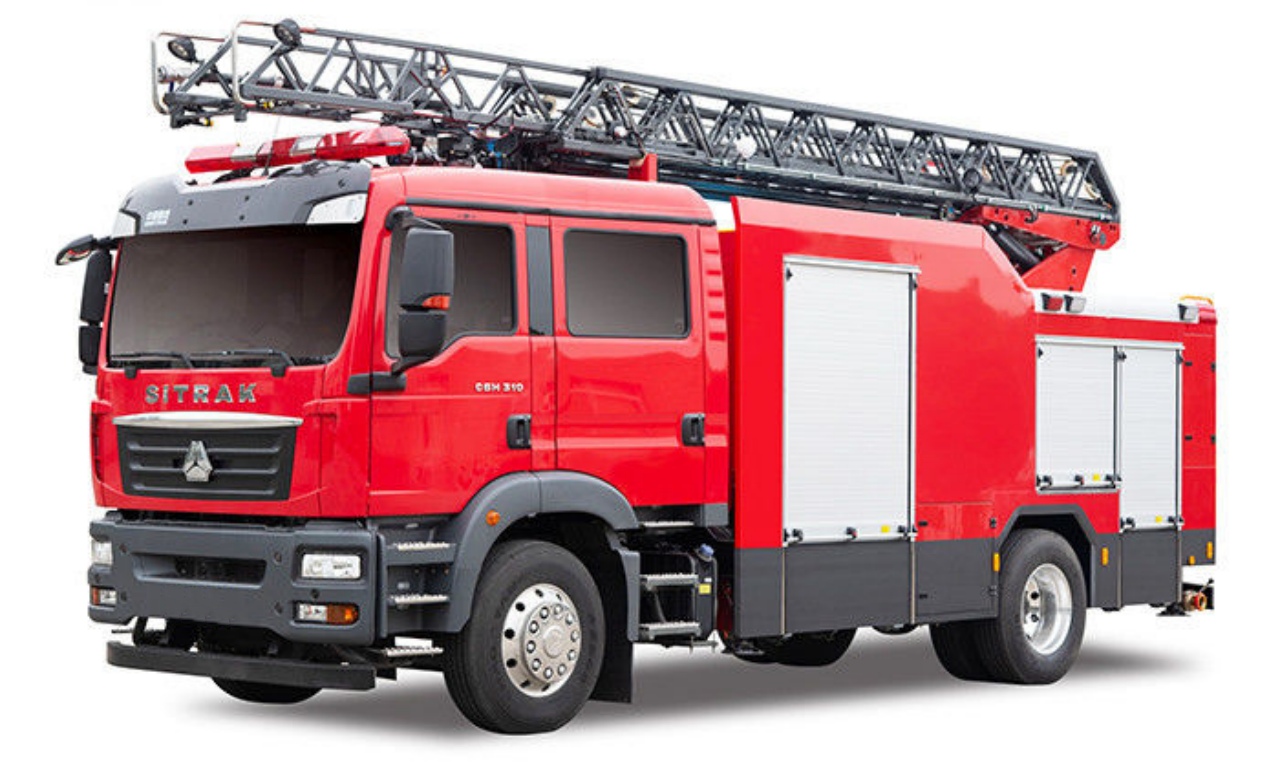When it comes to firefighting and rescue operations, aerial ladders are among the most critical tools for reaching elevated positions. One of the most high-stakes scenarios involving aerial ladders is performing a roof rescue, where trapped victims must be safely extracted from rooftops, often amid fire, smoke, and structural instability. In such situations, positioning the aerial ladder correctly is not just a matter of efficiency—it can mean the difference between life and death.
So, which is the best position when using an aerial ladder for a roof rescue? The answer lies in understanding the objectives of the rescue, the capabilities of the equipment, the structural layout, and the safety of both victims and rescuers. Let’s explore these components in depth.
Primary Objectives in a Roof Rescue
Before choosing the best position for an aerial ladder, it’s essential to define the key objectives of a roof rescue operation:
- Reach the victim quickly and safely.
- Stabilize the victim and provide a secure path of egress.
- Ensure the safety of the firefighter(s) performing the rescue.
- Avoid compromising the structural integrity of the building.
- Support simultaneous firefighting operations if necessary.
To meet these goals, aerial ladder positioning must be optimized for stability, access, and operational safety.
Ideal Aerial Ladder Positioning: Tip Placement Is Key
The best position for an aerial ladder in a roof rescue is typically with the tip of the ladder extending 3 to 6 feet above the roofline and placed at a corner or near a load-bearing wall. This placement offers several advantages:
- Ease of Transition: The extended tip above the roofline allows firefighters and victims to step onto or off the ladder without having to climb over the top rung, reducing the risk of falls and expediting the rescue.
- Stability: Corners or near exterior walls are structurally stronger and less prone to collapse compared to the center of a roof, especially in a fire-compromised building. Placing the ladder here reduces the risk of failure during the rescue.
- Safe Anchor Point: In case a firefighter or victim needs to be secured with a rope system, the tip of the ladder at the edge of the roof provides a viable anchor point or rappel transition area.
- Clear Escape Route: Victims and rescuers can retreat directly down the ladder without navigating obstacles on the roof. A clean, unobstructed escape path is vital in emergency conditions.
Approach Angle and Base Position
The angle of the aerial ladder is another crucial factor. The ideal angle is between 70 and 75 degrees, which offers the best combination of reach and climbing ease. A steeper angle increases stability and minimizes bounce, while a shallower angle (below 65 degrees) makes climbing more difficult and reduces effective load capacity.
The base of the ladder truck should be located at a safe distance that allows for this optimal angle while ensuring that the vehicle is on level, solid ground. The apparatus should also be oriented with the turntable aligned as directly as possible to the rescue point to avoid overextending or side-loading the ladder, both of which can cause mechanical failure or tipping.
Positioning Based on Roof Type
Different types of roofs require tailored ladder positioning:
1. Flat Roofs
- Best Position: Ladder tip extends just over the edge, aligned with a parapet or wall corner.
- Benefit: Easier and safer to walk on, giving more flexibility in where to position the ladder.
- Consideration: Watch for potential collapse zones, such as areas directly over fire rooms.
2. Pitched Roofs
- Best Position: Ladder tip should be placed just over the ridge line or at a gable end, if accessible.
- Benefit: Provides secure footing for roof operations and victim egress.
- Consideration: Steep angles increase fall risk; Rescuers may need to use roof ladders in conjunction with the aerial ladder.
3. Dormer or Multi-Level Roofs
- Best Position: Tip placement should be at the highest accessible level near the victim, preferably avoiding dormer windows or unstable overhangs.
- Benefit: Facilitates direct access to trapped individuals.
- Consideration: These structures often have complex load paths and may hide underlying structural damage.
Operational Considerations for Optimal Ladder Use
Several other factors influence the best positioning:
1. Wind and Weather
High winds can affect ladder stability and sway. Position the ladder on the leeward side of the building when possible to avoid wind-blown flames and smoke. Also, ensure outriggers are firmly set and adjusted for terrain.
2. Building Integrity
Avoid positioning the ladder over rooms that are actively burning. Fire-weakened roofs may collapse without warning. Instead, choose a spot over an area that has not been compromised, such as above a stairwell or near exterior walls.
3. Accessibility and Escape
In a chaotic fire scene, the aerial ladder may serve as the primary or only escape route for multiple victims or crews. Position it in a way that keeps it accessible even if fire conditions deteriorate. The ladder should also be free of obstacles, such as power lines, tree branches, or antennae.
Safety Best Practices
- Always raise the aerial ladder before firefighters are sent to the roof, so it’s ready for emergency evacuation.
- If possible, keep a second ladder (ground or aerial) available for backup egress.
- Assign a firefighter to monitor and control the ladder positioning during the rescue.
- Use safety lines and harnesses for firefighters operating on the roof.
- Train regularly on ladder placement, including low-visibility and night-time scenarios.
Conclusion
The best position for using an aerial ladder in a roof rescue depends on achieving a balance between reach, safety, and operational efficiency. Generally, placing the ladder tip just above the roof edge, preferably at a corner or along a structural wall, provides the safest and most functional position. The angle should be kept between 70–75 degrees, and placement should avoid over fire-damaged areas or unstable sections of the roof.
Firefighters must continually evaluate conditions, adapt to changing fire behavior, and rely on their training and experience. In the end, correct ladder positioning is a product of preparation, situational awareness, and sound tactical judgment. By adhering to these principles, fire crews can maximize their effectiveness and ensure the safety of both rescuers and those they are working to save.











